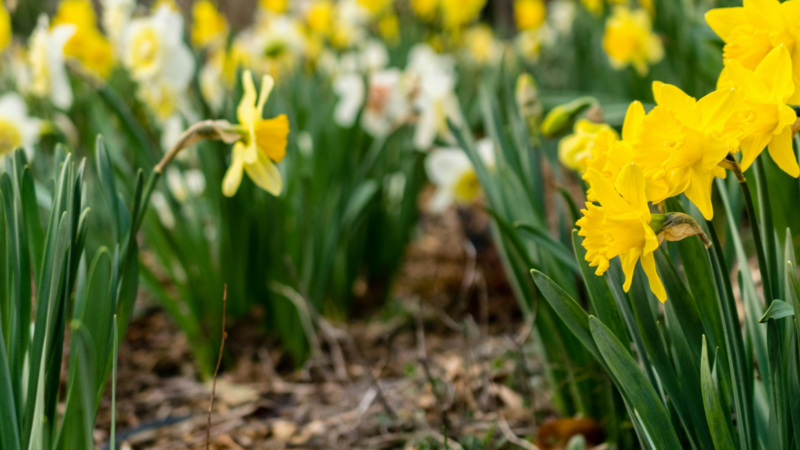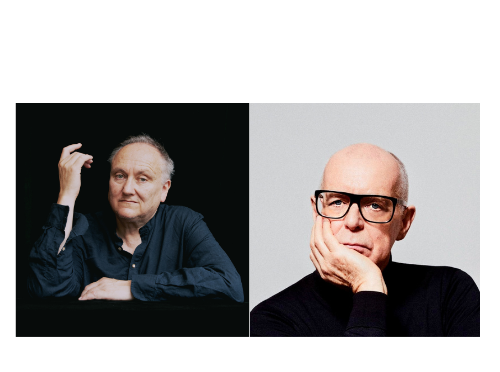Tintagel Castle Footbridge wins Building Beauty Awards, the richest prize in UK architecture

Last night, the Royal Fine Art Commission Trust unveiled the winners of its 2022 Building Beauty Awards at a glittering ceremony at Bloomberg European Headquarters in the City of London, with prizes presented by Lord Foster of Thames Bank O.M. The awards, sponsored by Ballymore, celebrate buildings, engineering structures and urban landscaping schemes that add beauty to Britain’s built environment. The judging panel was led by Stephen Bayley Hon FRIBA, Chairman of the Royal Fine Art Commission Trust and one of Britain’s foremost design critics.
Overall Winner & Engineering Winner
The overall winner, chosen from the four category winners, was Tintagel Castle Footbridge in Cornwall, which received a £10,000 cash prize, and will now represent the UK in the race to be crowned the world’s most beautiful new building at the World Architecture Festival in Lisbon on 02 December. The Tintagel Castle Footbridge was also the winner of the Engineering category, beating Leeds Footbridge to the prize. The 225ft-span steel bridge, designed by Ney & Partners and William Matthews Associates for English Heritage, provides level access to Tintagel Castle and comprises two cantilevers with a gap in the middle to allow for expansion.
“This was a challenging assignment, given the terrain and the sensitivity of the site as both an ancient monument and a place of natural beauty. How best to complement the dramatic context? The answer is not timidity but the kind of boldness that suits the rough and raw Atlantic coast of Cornwall.” commented the judging panel, chaired by Stephen Bayley, “The designers, necessarily, have understood every inch of their canvas and from an intellectual response to the engineering requirements have generated something graceful, perfectly poised, restrained: nothing here is unnecessary but what is necessary has been finessed to the point of beauty.”
Kate Mavor, English Heritage’s Chief Executive, said: “English Heritage’s purpose is to care for great historic sites like Tintagel Castle and to inspire people to visit them. Our bridge does both. Quite simply, this wonderful crossing encapsulates our ambitions as a charity to bring history to life in imaginative ways.
“We are delighted that the judges recognised the brilliant work by Ney & Partners and William Matthews Associates. We’d also like to thank The Julia and Hans Rausing Trust for their generous donation, without which we could not have reunited Tintagel Castle.”
Building Winner
McGrath Road in Stratford, London, designed by Peter Barber Architects, came out on top in the Building category, beating two Manchester buildings, the Oglesby Centre and the Welcome Building at RHS Garden Bridgewater. to the title. This high density, shared-ownership housing development sits around a central courtyard in a reinterpretation of Victorian back-to-back housing typology, creating a beautiful space that stands out from its surroundings.
“Peter Barber is one of the most innovative and exciting social housing architects, creating developments with marked visual and kerb appeal”, said the judges, “High-quality materials, provision of communal space and a robust, muscular aesthetic – all evident at McGrath Road – generate pride and a sense of ownership in residents (as was clear when we visited) and act as a beacon locally, giving a lift and a sense of civility to a neighbourhood that suffers the usual inner-city problems of crime and anti-social behaviour.”
Public Space Winner
The winner of the Public Space category was Illuminated River in London, a lighting project by Lifschutz Davidson Sandilands and Leo Villareal Studio for the Illuminated River Foundation, beating Borough Yards and Walala Parade to the crown. This eye-catching art installation stretches 3.2 miles across nine Thames bridges in central London, with LED light sources being controlled by custom software to avoid patterns being repeated.
“Until recently – until this project, more precisely – the Thames in central London was a black ribbon with precious little night-time personality, its darkness punctuated every so often by more or less random floodlighting. No more.” commented the judges, “This art installation, covering three miles of the serpentine river, acts as a permanent yet ever-mutating light festival: the lighting on each bridge changes to a timed sequence but also with the tide and the river’s moods – the reflections on the water mean that this is a light show on the river itself as much as on the static mass of the bridges.”
Little Gem Winner
The “Little Gem” title went to the Tower of Light and Wall of Energy in Manchester, designed by Tonkin Liu Architects for Manchester City Council and Vital Energi. This impressive structure comprises a tower, clad in laser-cut steel sheets in a shell-lace structure, and a street wall clad in ceramic tiles in a tessellated lozenge pattern, housing flues for a low-carbon energy centre within the tower. This Little Gem saw off competition from two Folkestone buildings (69 Old High Street and The Cabins, Tontine Street by Neat Architects), and two East London projects (a floating church by Denizen Works and a house in Leyton by McMahon Achitecture).
The judges were impressed with its aesthetic appeal and durability, commenting, “Projects of this sort can be stage-set flimsy, the visual appeal fading from the moment the cheap materials collide with the messy reality of city living. But these structures are convincing and solid, beautifully made in durable materials: one feels their aesthetic appeal will grow rather than ebb with time. In daylight the ceramic tiles give the wall a strong personality. Clever lighting gives the tower an equally powerful presence at night, when the perforations in the envelope mutate into compelling patterns and the surface reflects the headlights of passing cars.”






